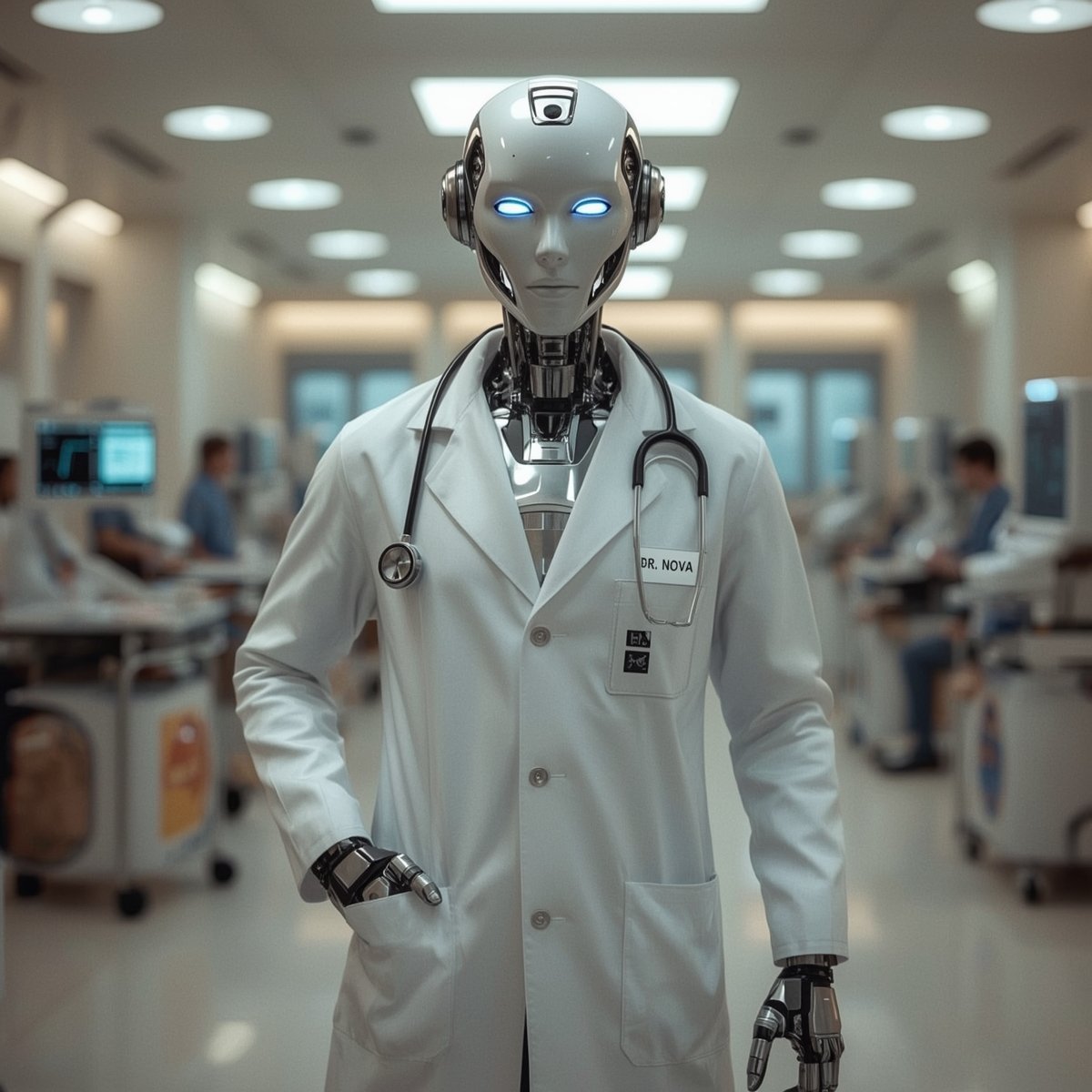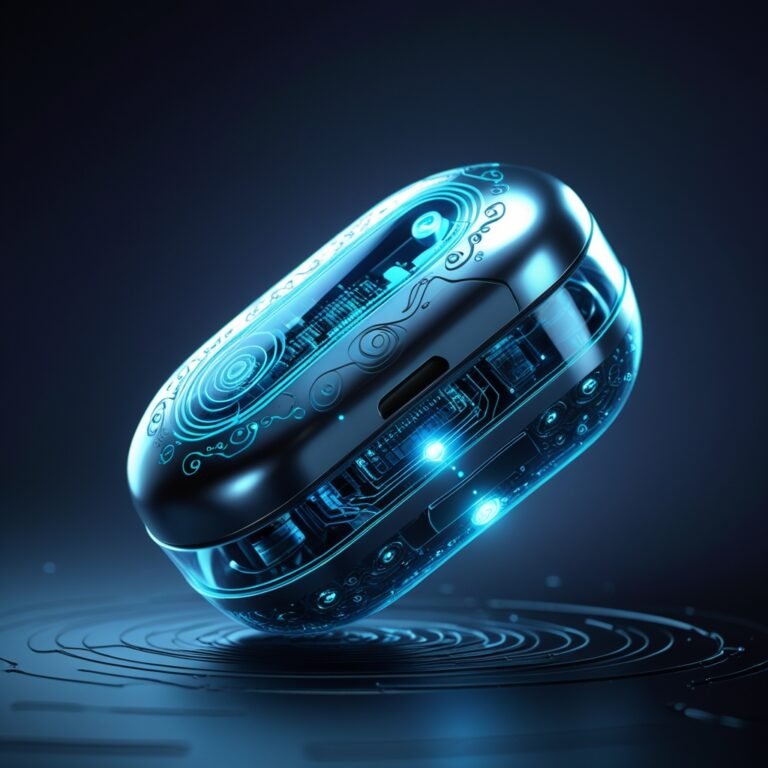Microsoft has just introduced a breakthrough in artificial intelligence for healthcare that could radically reshape how the world approaches medical diagnostics. In a newly released research post titled “The Path to Medical Super Intelligence,” Microsoft unveiled an advanced AI system called MAI-DxO (Microsoft AI Diagnostic Orchestrator) that can outperform groups of experienced physicians by nearly four times in solving complex diagnostic puzzles.
And this isn’t just theoretical: the AI has been tested against real-world cases published by one of the most prestigious medical journals in the world — the New England Journal of Medicine (NEJM).
A Medical AI Revolution Is Brewing
Microsoft’s new system is designed to replicate the step-by-step process a human doctor uses to evaluate and diagnose patients but at a much higher scale and speed. Dubbed “MAI-DxO,” this diagnostic framework is essentially a team of AI agents working together like a panel of expert physicians, each trained to approach cases from different angles.
When tested against NEJM case records, which represent some of the most challenging diagnostic scenarios in medicine, MAI-DxO achieved an 85.5% accuracy rate. In comparison, a panel of 21 experienced physicians from the US and UK scored an average of just 20% on the same cases — a nearly quadruple performance gap in favor of the AI.
From Search Bar to Diagnosis: Why Timing Matters
According to Microsoft, healthcare systems around the world are under immense strain. Rising costs, increasing demand, and limited access to care continue to burden patients and providers alike. Microsoft reports that over 50 million health-related searches occur every day across platforms like Bing and Copilot, highlighting the global appetite for accessible, high-quality medical information.
In 2024, Microsoft began developing this AI-powered diagnostic system with a team of clinicians, designers, engineers, and AI scientists. The goal? To integrate diagnostic intelligence directly into the tools people are already using — and eventually bring high-quality healthcare to everyone, not just the privileged few.
Introducing the SD Bench: A New Gold Standard for Medical AI
One of the most innovative aspects of Microsoft’s approach is a new benchmarking system called SD Bench (Sequential Diagnosis Benchmark). Unlike the traditional USMLE medical licensing exam, which mostly relies on multiple choice questions, SD Bench mimics real diagnostic decision-making.
It presents the AI with complicated patient cases like someone presenting with a fever and cough and requires it to make sequential decisions: what to ask, what tests to run, and how to revise its hypothesis at each step. Each test comes with a simulated cost, forcing the AI to balance accuracy with efficiency.
This new benchmark offers a more realistic and meaningful way to test AI in clinical scenarios, and it’s already setting a new standard for how medical AI should be evaluated.
A Virtual Team of AI Physicians
So how does MAI-DxO actually work?
Microsoft has designed the framework to operate like a collaborative team of AI agents, each playing a different medical role. Agents include “Dr. Challenger,” “Dr. Test Chooser,” “Dr. Stewardship,” “Dr. Hypothesis,” and “Dr. Checklist,” among others. Each agent contributes a unique diagnostic approach to the case.
These AI agents communicate with each other, discuss possible outcomes, request additional tests, and ultimately agree on a final diagnosis. It’s a virtual version of what happens in a hospital when doctors from various specialties consult with one another only much faster and more scalable.
When paired with OpenAI’s GPT-4o model, MAI-DxO scored the impressive 85.5% diagnostic accuracy on NEJM cases — a feat that significantly outpaces any previous AI or human performance on the same benchmark.
The Promise (and Limits) of AI-Powered Healthcare
The implications of Microsoft’s AI system are massive. With more data and fine-tuning, this technology could democratize access to high-quality healthcare, especially in underserved regions. AI excels at pattern recognition, and in medicine, identifying patterns across millions of patient records is often the key to accurate diagnosis.
Microsoft envisions a future where AI can serve both generalist and specialist functions essentially becoming a superintelligent doctor capable of diagnosing a wide array of diseases across multiple domains.
That said, the company is clear about one thing: this technology isn’t ready to replace human doctors at least not yet. Real-world deployment will require rigorous safety testing, regulatory approval, and ongoing collaboration with medical professionals.
It’s also worth noting that the human physicians in Microsoft’s benchmark didn’t have access to their usual resources no colleagues, reference materials, or AI assistants so the comparison isn’t a perfect reflection of real-world practice.
Why Cost-Effective AI Healthcare Matters
One often overlooked feature of Microsoft’s diagnostic AI is its focus on cost-efficiency. Every decision the AI makes is weighed against a simulated healthcare budget. In the real world, cost plays a significant role in determining whether a test or treatment is pursued.
With healthcare costs in the U.S. approaching 20% of GDP, and estimates suggesting up to 25% of that spending is waste, AI systems that can deliver faster, cheaper, and more accurate diagnoses could dramatically cut expenses while improving outcomes.
Final Thoughts: The Beginning of Medical Super Intelligence
While still early in its development, MAI-DxO represents a monumental leap toward AI-assisted medicine. It combines deep clinical reasoning, cost awareness, and diagnostic precision into a single framework that could eventually support both patients and clinicians in real-world scenarios.
As Microsoft continues to refine and expand its system, it’s not hard to imagine a future where superintelligent AI doctors become an everyday part of healthcare assisting physicians, guiding patients, and saving lives.
For now, MAI-DxO remains in the research stage, but its potential is undeniable.







